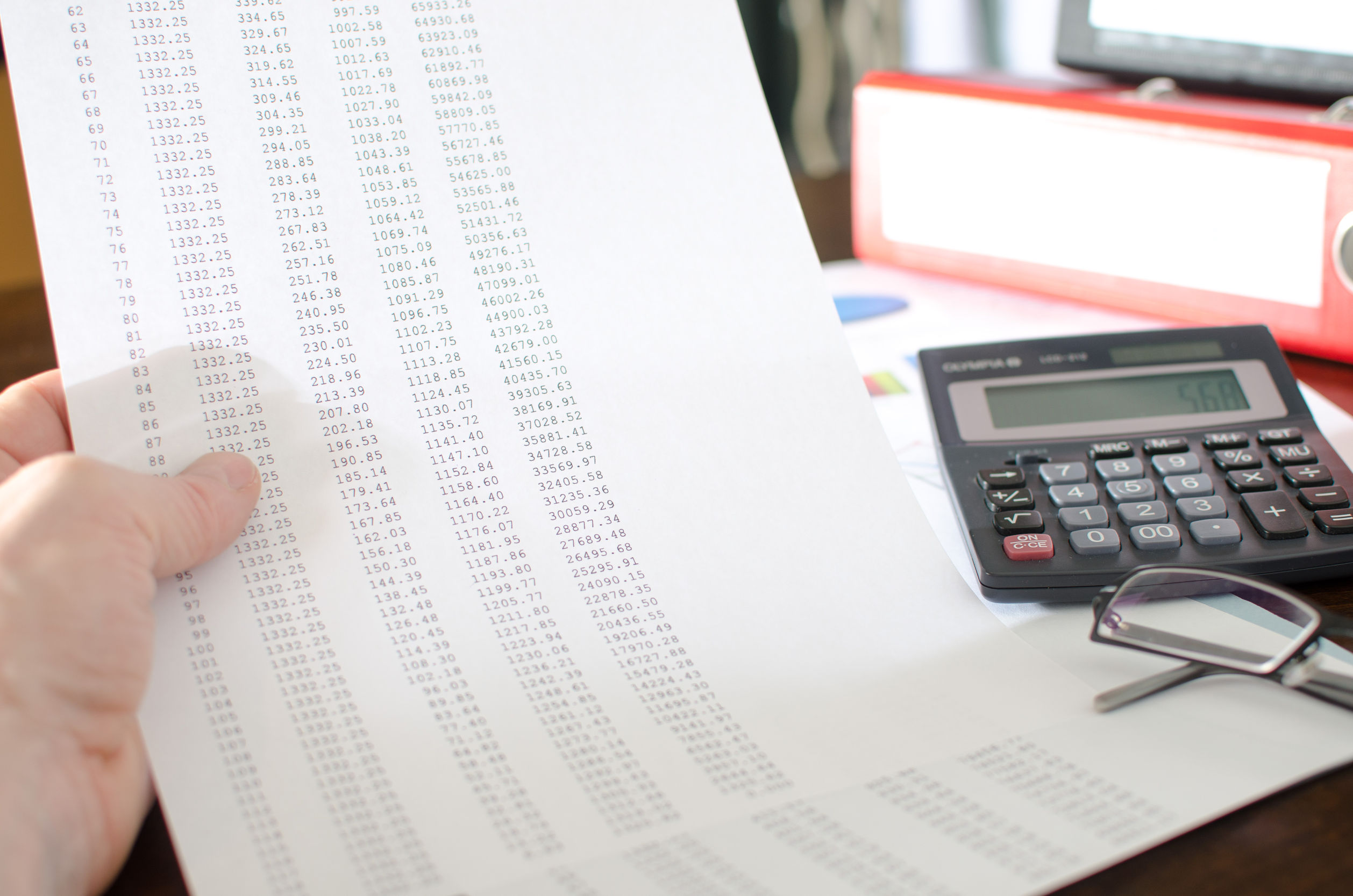In the bustling world of culinary delights, managing a restaurant entails much more than crafting a perfect menu—it requires meticulous financial oversight. Bookkeeping for restaurants is an essential component of this, ensuring that every dollar is accounted for and every economic decision is made with precision.
Understanding Restaurant Finances
The first step in effective restaurant bookkeeping is understanding the unique financial elements of the hospitality industry. These include:
• Revenue Tracking: Every meal sold and every drink poured adds up. It’s crucial to keep a detailed sales record to monitor the restaurant’s revenue streams.
• Expense Management: Tracking expenditures, from ingredient costs to staff wages and utilities to marketing expenses, is key to maintaining a healthy bottom line.
• Inventory Control: Efficient inventory management can significantly reduce waste and improve profit margins. Regular audits and tight control systems are vital.
Streamlining the Bookkeeping Process
To simplify the bookkeeping process, restaurant owners can implement several strategies:
• Digital Tools: Leveraging technology can automate much of the tedious work in bookkeeping. This includes using software for payroll, inventory management, and real-time sales tracking.
• Regular Financial Reviews: Monthly or weekly financial reviews help catch discrepancies early and adjust strategies promptly to avoid financial mishaps.
• Professional Help: Sometimes, hiring a professional—an in-house accountant or an outsourced service — is the best way to ensure that bookkeeping is handled efficiently.
Key Metrics to Monitor
To maximize profitability, restaurant owners must track key financial metrics that provide insight into operational efficiency. One crucial metric is the Cost of Goods Sold (COGS), which reflects the production costs of menu items. Keeping COGS in check helps maintain healthy profit margins while ensuring food quality and portion consistency. Another essential metric is Prime Cost, which combines COGS and labor expenses. Ideally, this figure should remain below 60% of total sales to sustain profitability. Monitoring prime cost allows restaurant owners to effectively balance ingredient expenses and staffing levels.
Understanding Overhead Costs
Beyond direct expenses, tracking the Overhead Rate is vital for financial stability. Overhead includes fixed costs such as rent, utilities, and insurance—expenses that remain constant regardless of sales volume. By analyzing overhead relative to revenue, restaurant owners can make informed decisions about pricing, cost-cutting measures, and operational adjustments. A well-managed overhead rate ensures that profits are not eroded by excessive fixed expenses, allowing long-term business sustainability and growth.
Implementing robust bookkeeping practices for restaurants streamlines financial management and provides strategic insights that can lead to better decision-making and increased profitability.
Mastering the art of bookkeeping in the restaurant industry doesn’t have to be daunting. By understanding key financial elements, utilizing the right tools, and keeping an eye on essential metrics, bookkeeping for restaurants becomes more manageable. This allows owners to simplify their financial processes and focus on what they do best—creating incredible dining experiences. Remember, a well-managed financial book is the recipe for a successful restaurant.





